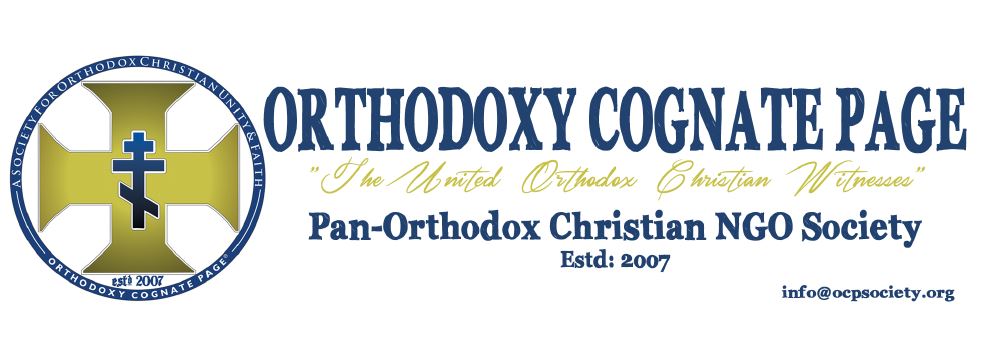Nativity exhibit open in Clinton
One of the icons highlighting the Russian Orthodox nativity on exhibit through Jan. 28 at the Museum of Russian Icons.
By Karen Nugent TELEGRAM & GAZETTE STAFF
11/12/2011
CLINTON — A special exhibit highlighting the Russian Orthodox nativity opened Saturday at the Museum of Russian Icons, 203 Union St.
Laura Garrity-Arquitt, the curator of the exhibit, said seven significant icons from the 17th through the 19th centuries are featured, and depict the entire nativity. Also depicted is the birth of Mary, called “Mother of God” in Orthodoxy, and Mary’s early life. Mary’s life before the birth of Jesus plays an important role in Orthodoxy.
“She was presented at the temple, and sent off at a young age to study,” Ms. Garrity-Arquitt said.
The icons also show the announcement of Christ’s birth, Mary and Joseph on a donkey seeking shelter, the arrival of the three Magi, the birth, the washing of the baby Jesus, and the temptation of Joseph by the devil to break off his betrothal to Mary.
All seven icons were part of the museum’s 400-plus collection.
Ms. Garrity-Arquitt said they are done in the “old believers” style, meaning written (painted) by artists who separated from the official Russian Orthodox Church after 1666 in protest against church reforms introduced by Patriarch Nikon between 1652 and 1666.
Icons done by “new believers,” she said, are in an updated style similar to Greek Orthodox icons.
The nativity exhibit is contained to one room in the upper south gallery at the museum. The exhibit will run through Jan. 28.
Most Orthodox Christians in Russia and Central and Eastern Europe celebrate Christmas for six days between Dec. 20 and Jan. 7. The Jan. 7 date as Christmas varies from church to church and from country to country. The Russian Orthodox Church is separate from the Greek Orthodox Church, which has its own patriarch. Both have different dates for Easter as well.
Some observe the nativity and adoration of shepherds on Jan. 6, followed by the adoration of the Magi (three kings or “wise men”) on Jan. 7. Church liturgies on Orthodox Christmas Eve (Jan. 6) are usually longer than usual.
The six-day period for all Orthodox followers however, is traditionally a time of reflection, contemplation, and healing in many Eastern European countries. Most fast before Jan. 7, which is considered a day of feasting and relaxing with family and friends.
Orthodox Christmas food includes: nuts, dried fruits, vegetables such as peas, potatoes, and garlic; mushroom or sauerkraut soup, kidney beans, bobal’ki (small biscuits combined with sauerkraut or poppy seeds with honey,) a bowl of honey, and baked cod.
Little importance is given to the exchange of gifts.

154638 260855An fascinating discussion is worth comment. I do feel which you should write read much more about this topic, it will not be considered a taboo topic but normally everybody is too couple of to communicate in on such topics. To another. Cheers 334616